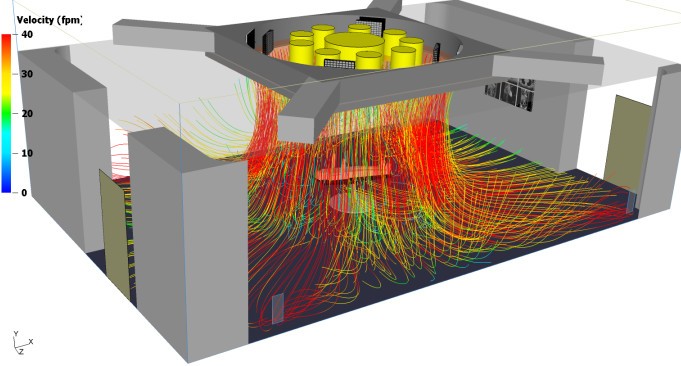In today’s commercial and industrial environments, heating, ventilation, and air conditioning (HVAC) systems are the backbone of comfort and energy management. The demand for efficient systems continues to rise as energy costs increase and sustainability targets tighten. Modern HVAC design isn’t simply about temperature control—it’s about maintaining optimal air quality, reducing waste, and ensuring long-term reliability. To achieve this, engineers are constantly refining components and introducing smarter technologies to improve performance while lowering operational costs.
The Evolution of HVAC Systems
Over the past two decades, HVAC systems have evolved from basic temperature regulators to sophisticated climate management networks. They now integrate automation, sensors, and data-driven control systems to adapt in real time to changing conditions. Innovations such as variable refrigerant flow, smart thermostats, and high-efficiency heat exchangers have transformed how air and water are managed in buildings. These advancements not only improve energy efficiency but also contribute to better indoor environmental quality—a crucial factor for health and productivity.
Addressing Common Inefficiencies
One of the most overlooked aspects of HVAC operation is the management of air and water impurities within closed-loop systems. Over time, air bubbles, sludge, and debris can accumulate, leading to reduced heat transfer, pump inefficiency, and potential damage to expensive components. Without adequate filtration and separation, these impurities can shorten system lifespan and significantly increase maintenance costs. This challenge has led to a growing emphasis on proper system design and the integration of precision-engineered components that help maintain clean and balanced flow throughout.
The Role of Separation Technology
Among the innovations helping to improve system performance is the use of an air & dirt separator, a device designed to remove both microbubbles and impurities from circulating fluids. By ensuring a cleaner flow, this component helps maintain optimal pressure, protects equipment from corrosion, and enhances heat exchange efficiency. In commercial settings, this not only reduces downtime but also contributes to measurable energy savings over time. The presence of such a system is often the difference between reactive maintenance and proactive system health management.
Energy Efficiency and Sustainability
Sustainability goals continue to reshape how building systems are designed and operated. With increasing regulatory focus on carbon emissions, efficient HVAC operation plays a pivotal role in meeting environmental targets. Technologies such as magnetic bearing chillers, heat recovery systems, and digital twins for predictive maintenance are now being adopted across major industries. Even small components, when optimized, can have an outsized impact on energy performance. System designers are therefore focusing on lifecycle efficiency—evaluating not only initial installation costs but also ongoing maintenance and operational savings.
The Future of Climate Control
The next wave of HVAC development is firmly rooted in digital transformation. Building information modeling (BIM), Internet of Things (IoT) sensors, and AI-driven control systems are making it possible to anticipate performance issues before they occur. Predictive analytics, coupled with cloud-based monitoring, provides engineers with real-time data to optimize system performance remotely. The result is a more resilient, energy-efficient, and sustainable building ecosystem.
Conclusion
Efficient HVAC design is no longer an optional upgrade—it’s a strategic investment in operational sustainability. By embracing advanced components, smart technology, and data-driven insights, businesses can reduce energy waste, extend equipment life, and create healthier indoor environments. The shift toward more intelligent system design represents not only technological progress but also a commitment to responsible energy use and environmental stewardship.
